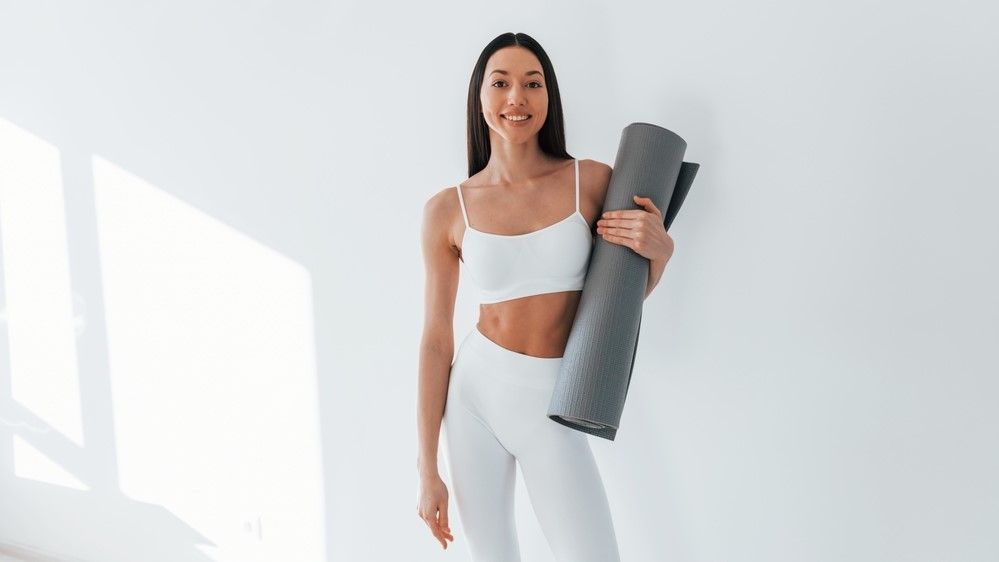Walking into a yoga studio for the first time may seem like a haven, complete with Lululemon, atmosphere spray, and the best yoga mats, but for many yoga beginners, it can be intimidating.
Having been there myself, I decided to discuss three things I wish I had known as a yoga newbie. I walked into my first class with all my gear and had no idea what to expect. If this sounds familiar, we'll cover the many benefits of yoga that are worth exploring, why it's worth pursuing, and some lessons I wish I'd learned the first time around but have since learned.
